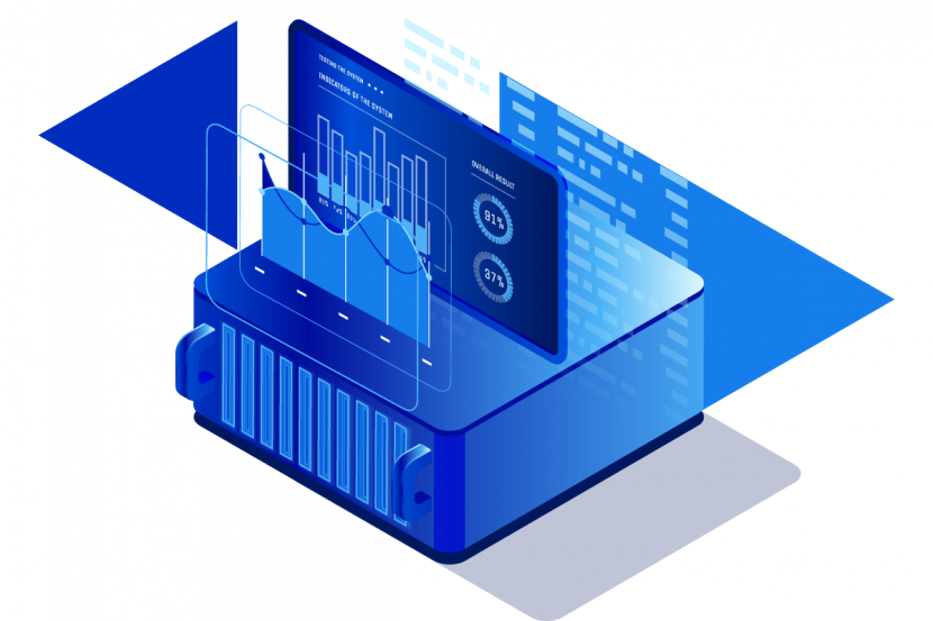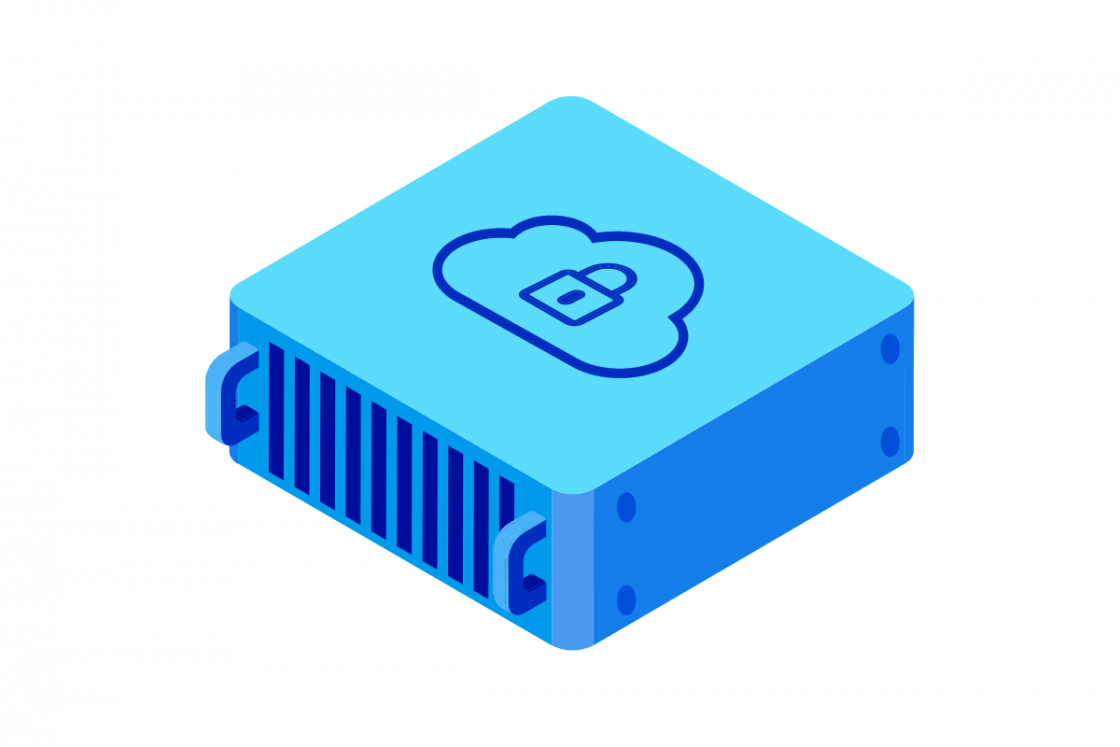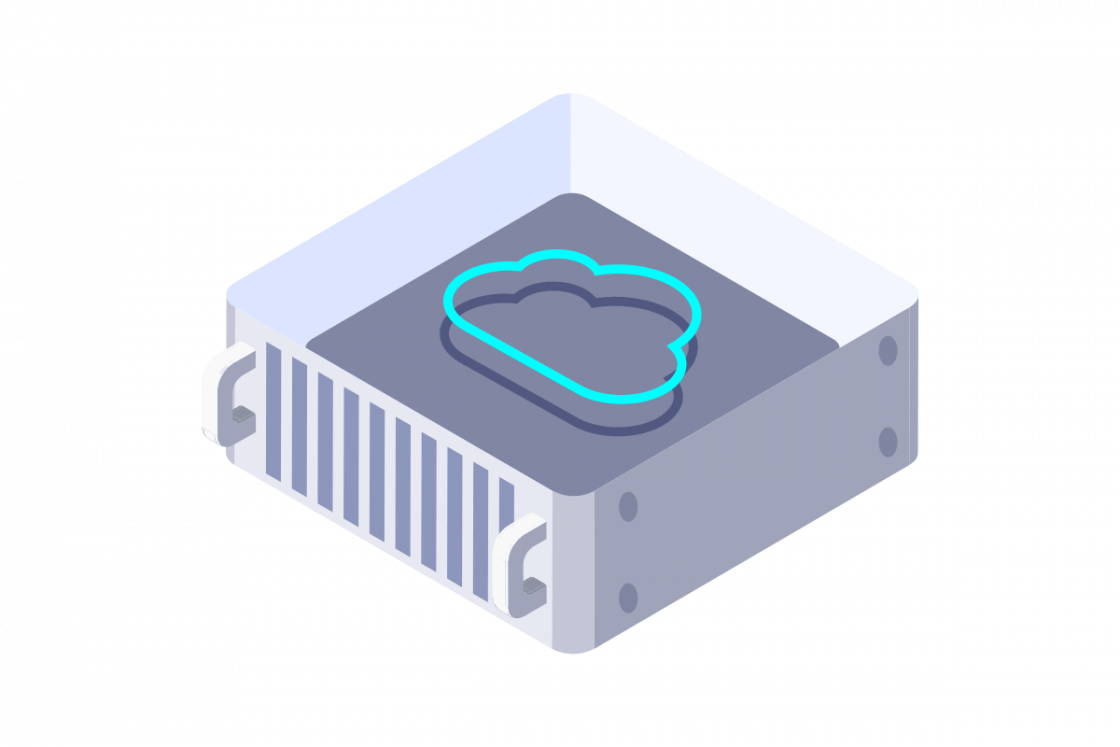What is data integration?
Data integration is the process of combining data from different sources into a single, unified view. In this article we outline how this allows for more efficient analysis and a better understanding of the overall information landscape.

Introduction to Data Integration
Organizations collect and use vast amounts of information from a multitude of tools and sources. This data, when effectively harnessed, is of use to provide invaluable insights, drive informed decision-making, and streamline tools and operations.
However, data often resides in disparate systems, applications, and databases, creating information silos that hinder a holistic view. Data integration is the critical process that bridges these gaps, transforming fragmented data into a powerful asset. It is fundamental to unlocking the true potential of an organization's data resources, enabling businesses to operate more intelligently and efficiently.
Definition of Data Integration
Data integration is the process of combining data residing in different sources and providing users with a unified view of this data.
It involves a set of techniques and technologies used to bring together data from various systems – such as databases, cloud applications, spreadsheets, and IoT devices – into a single, cohesive, and consistent dataset.
The goal is to make data more accessible, reliable, and valuable for analysis, reporting, and operational processes. Effective data integration ensures that information is accurate, up-to-date, and readily available to those who need it, regardless of where it originated.
Components of Data Integration
A typical data integration process is composed of several interconnected key components. It begins with the data sources, which are the originating systems where the raw data resides.
These sources can be incredibly diverse, encompassing relational databases like MySQL or PostgreSQL, NoSQL databases such as MongoDB, cloud storage services and CRM systems like Salesforce, ERP systems such as SAP, as well as spreadsheets, APIs, and legacy systems.
To access these varied connect sources, data connectors or adapters are employed; these software components establish connectivity and understand the specific protocols and formats needed to extract or ingest data.
Once data is accessed, it usually flows into a big data transformation engine. This is a crucial stage where data is refined to ensure consistency, quality, and compatibility with the target system or analytical model.
Common Use Cases for Data Integration
Data integration is applied across various industries and business functions to achieve specific objectives. Some common use cases for this tool include:
- Business intelligence (BI) and analytics: Providing a unified view of the business data you need from sales, marketing, finance, and operations to enable comprehensive reporting, trend analysis, and data-driven decision-making. For example, creating a 360-degree view of the customer by integrating data from CRM, e-commerce platforms, and customer service interactions.
- Data warehousing: Populating and maintaining data warehouses with consolidated data from transactional systems, making it suitable for complex queries and historical analysis.
- Application integration: Ensuring database consistency and enabling seamless workflows between different business applications, such as integrating an e-commerce platform with an inventory management system and a shipping provider.
- Cloud migration and integration: Moving big data from on-premises systems to cloud platforms or integrating data between different cloud services and on-premises applications (hybrid cloud scenarios).
- Data synchronization: Keeping the data you need consistent across multiple systems in real-time or near real-time. For instance, ensuring that product information updated in a central Product Information Management (PIM) system is reflected accurately across all sales channels.
Overall, automating data flows between systems is in use as tools to reduce manual effort and connect silos, minimize errors, and speed up business processes, such as order-to-cash or procure-to-pay cycles.
Types of Data Integration Techniques
Organizations need to employ various tool techniques to achieve enterprise data integration, each with its own methodology and suitability for different scenarios.
The choice of technique often depends on factors like data volume, velocity, variety, the complexity of transformations required, and the capabilities of the source and target systems. Three prominent approaches are Extract, Transform, Load (ETL); Extract, Load, Transform (ELT); and Real-Time Data Integration.
ETL (Extract, Transform, Load)
ETL is a traditional and widely adopted data integration process. In this paradigm, data is first extracted from various source systems. These sources can range from relational databases and flat files to legacy systems and applications.
Once extracted, the database is moved to a separate staging area or an intermediate processing server. It is here that the transform phase occurs. This involves cleaning the data, applying business rules, converting formats, joining enterprise data from multiple sources, and performing any necessary aggregations or calculations to prepare it for the target system.
Finally, the transformed data is loaded into a destination application, typically a data warehouse, data mart, or an operational data store, where it can be used for data analytics, reporting, or other business processes.
ELT (Extract, Load, Transform)
A more modern application approach, particularly prevalent with the rise of powerful cloud data warehouses and data lakes as tools, is ELT.
The initial step, extraction, is similar to ETL, where data is pulled from its original sources. However, the key difference lies in the subsequent steps. Instead of transforming the data before loading, ELT loads the raw or minimally processed data directly into the target system, which is often a scalable database lake or a cloud data warehouse capable of handling large volumes of diverse data types.
The transform phase we use then takes place within the target system itself, using its robust processing capabilities. This approach offers several advantages, including faster data ingestion since transformations don't create a bottleneck before loading.
Real-Time Data Integration
Real-Time Data Integration focuses on moving and processing data with minimal latency, ensuring that information is available in the target systems almost instantaneously after it's created or changed in the source systems.
This approach you need is critical for use cases where immediate access to up-to-date information is paramount, such as fraud detection, real-time personalization, operational monitoring, and synchronizing critical business systems.
Instead of application batch processing, real-time integration often employs techniques like Change Data Capture (CDC), which identifies and captures changes made to enterprise data in source databases and propagates those changes to target systems.
Benefits of Data Integration for Businesses
Effective data integration for an application is not merely a technical exercise we use as tools; it is a strategic imperative that delivers substantial and multifaceted benefits to businesses that run a data warehouse or data lakehouse.
By breaking down database silos and creating a cohesive information landscape, organizations can unlock new opportunities, enhance performance, and gain a significant competitive advantage. The advantages permeate various aspects of the business, from strategic planning to daily operations.
Improved Decision Making
One of the most significant benefits of enterprise database integration tools is improved decision-making. When data from disparate sources such as sales, marketing, customer service, and operations is consolidated and presented in a unified manner, business leaders and analysts gain a comprehensive and accurate view of performance, market trends, and customer behavior.
This holistic perspective we need allows for more informed strategic planning, as decisions are based on complete and trustworthy information rather than on fragmented insights or intuition.
With access to timely and consistent data, organizations can identify opportunities and threats more quickly, understand the impact of their actions, and make data-driven choices that lead to better outcomes and foster innovation.
Increased Operational Efficiency
Data integration tools play a crucial role in increasing operational efficiency. Many business processes rely on enterprise data that resides in multiple, often disconnected, systems.
Manually accessing, reconciling, and transferring this data is time-consuming, prone to errors, and diverts valuable employee resources from more strategic activities.
Data integration use automates these enterprise data flows, ensuring that information is shared seamlessly and accurately between applications and departments. This automation streamlines workflows, such as order-to-cash, procure-to-pay, and customer onboarding, reducing processing times and eliminating redundant data entry.
Scalability and Flexibility
As business applications grow, so do their data volumes they need and the complexity of their IT landscapes. A well-designed data integration strategy ensures that systems can handle increasing amounts of enterprise data without performance degradation.
Modern data integration platforms are built to scale, allowing organizations to seamlessly add new data sources, accommodate more users, and adapt to evolving business requirements.
Challenges in Data Integration
While the benefits of data integration are compelling, the journey to achieving a seamlessly integrated data environment is often fraught with challenges that we need tools to we can use to compensate for.
Successfully navigating these obstacles is crucial for realizing the full potential of an organization's data assets. Understanding these common hurdles and the strategies to address them, including the pivotal role of disciplines like Master Data Management, is key to a successful enterprise data integration initiative.
Common Data Integration Challenges
Organizations embarking on data integration projects frequently encounter a range of common challenges that need tools to fix.
A primary obstacle is often data quality. Data residing in disparate source systems can vary significantly in terms of accuracy, completeness, consistency, and format. Integrating such heterogeneous data without proper cleansing and standardization can lead to unreliable insights and flawed decision-making.
The sheer complexity of integrating diverse data sources used presents another major hurdle. Modern enterprises rely on a multitude of systems, including legacy applications, on-premises databases, cloud services, and IoT devices, each with its own data structures, APIs, and access protocols.
Addressing Data Integration Challenges
Successfully overcoming the hurdles of enterprise data integration requires a strategic and multifaceted approach.
A foundational element is the establishment of strong data governance practices. This involves defining clear policies, standards, and responsibilities for database quality, security, and management throughout its lifecycle. Investing in appropriate data integration tools used and technologies is also critical.
Modern platforms offer advanced capabilities for connecting to diverse sources in an organization, transforming data, automating workflows, and managing metadata, which can significantly simplify the integration process and improve efficiency.
Thorough planning and a phased approach to implementation in an organization can make complex projects more manageable and allow for iterative improvements.
Building internal expertise through training and upskilling teams, or engaging experienced consultants, can bridge the skills gap.
Best Practices for Successful Data Integration
Achieving successful and sustainable data integration requires more than just implementing technology; it demands a strategic approach, ongoing diligence, and a supportive organizational environment. Adhering to best practices can significantly enhance the effectiveness and longevity of data integration initiatives.
Planning and Strategy
Effective planning and strategy form the bedrock of any successful data integration project for an organization. This begins with clearly defining the business objectives the integration aims to achieve, ensuring alignment with overall company goals.
A thorough assessment of the existing data landscape, including sources, quality, and current challenges, is crucial. Based on this understanding, a comprehensive integration strategy should be developed, outlining the scope, choosing the appropriate integration techniques (like ETL, ELT, or real-time), and selecting suitable tools and platforms.
Establishing robust data governance policies and defining data quality standards for an application, from the outset will guide the entire process and ensure the reliability of the integrated data. A well-thought-out roadmap with clear milestones will help manage complexity and expectations.
Monitoring and Maintenance
Data integration is not a one-time project but an ongoing process that requires continuous monitoring and maintenance. Once integration workflows are deployed, it's essential to implement mechanisms for constantly tracking their performance, identifying any bottlenecks, and ensuring data accuracy.
This includes monitoring data quality metrics, logging errors, and alerting relevant teams to issues in real-time.
Regular maintenance activities, such as updating connectors, optimizing transformation logic, and adapting to changes in source or target systems, are vital to ensure the long-term health and efficiency of the integration solution.
Proactive maintenance helps prevent minor issues from escalating into significant problems, safeguarding the reliability of the data supply chain.
Training and Support
The human element is critical to the success of data integration, making training and support indispensable. Technical teams responsible for developing and managing integration processes require thorough training on the chosen tools, platforms, and methodologies.
Equally important is training for business users who will consume the integrated data, ensuring they understand how to access it, interpret it correctly, and leverage it for decision-making.
Providing ongoing support through documentation, helpdesks, and communities of practice helps users overcome challenges and effectively utilize the integrated data. Fostering a data-literate culture within the organization encourages the adoption and optimal use of integrated data assets, maximizing the return on investment.
OVHcloud and Data integration
At OVHcloud, we understand that data is your most valuable asset. We provide a comprehensive suite of services designed to help you unlock its full potential, from initial discovery to actionable insights. Explore how our data solutions can empower your business:

Cloud analytics
Our powerful, fully managed platforms provide you with the tools to process, analyze, and visualize vast datasets quickly and cost-effectively. Whether you're looking to build real-time dashboards, run complex queries, or develop machine learning models, OVHcloud cloud analytics services offers scalable and open-source based solutions to accelerate your data-driven decision-making.

Data catalog
Our Data Catalog provides a centralized, collaborative platform to inventory, document, and enrich your data, making it easily discoverable and trustworthy for all users. Enhance data governance, improve operational efficiency, and empower your teams to leverage data with confidence, knowing its origin, quality, and context.

Data platform
Build a robust and scalable foundation for all your data initiatives with OVHcloud data platform. From batch processing to real-time streaming, gain the flexibility and control you need to transform raw data into actionable intelligence and tangible business value.